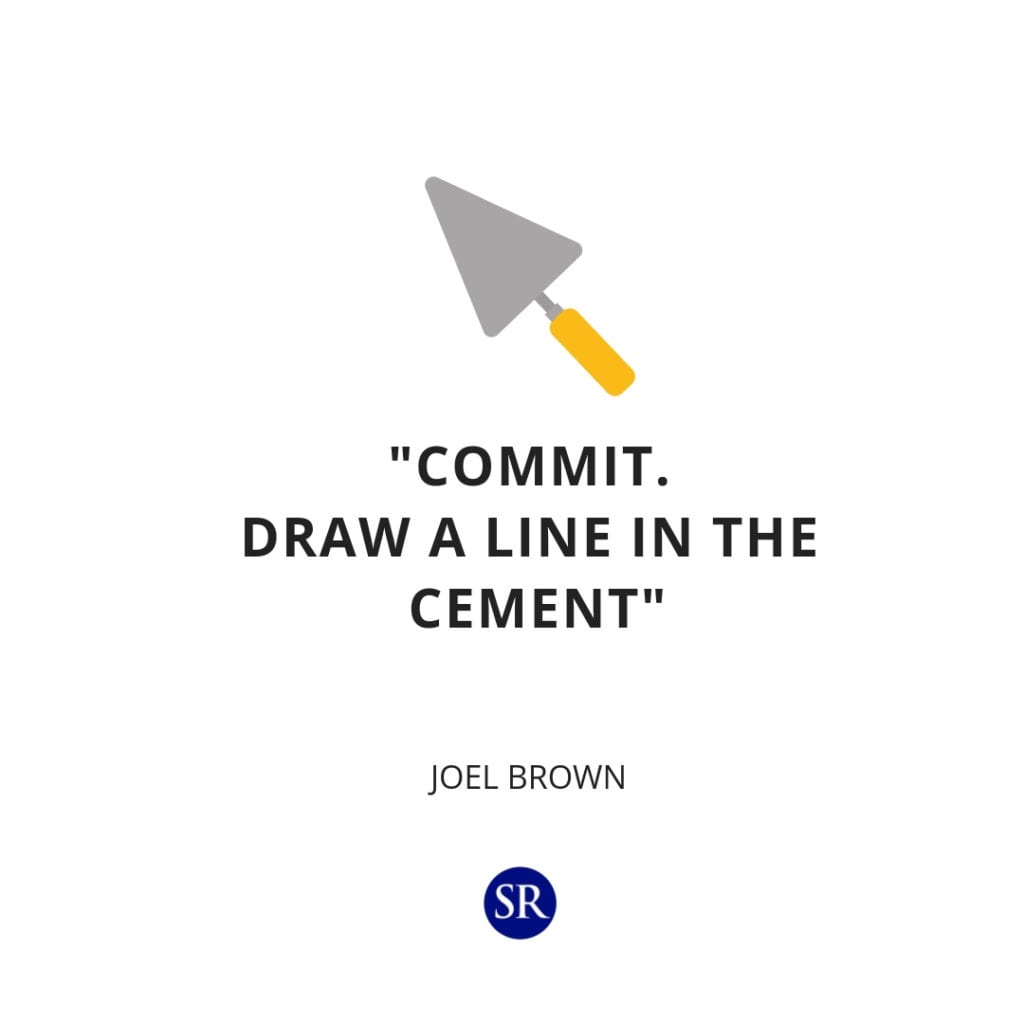Take a quick reality check right now. You could simply look around you, or assess what’s going on in the aspects of your life you care about most such as your relationships, finances, or physical health.
It shouldn’t take long to realize something needs to change, or—your life needs a 180-degree turn. It doesn’t matter whether you’ve been plugging away for too long or your stress levels are off the charts or, perhaps the worst, nothing seems to be changing for the better. You’re not seeing any results, every day, during this time you’re expecting some sort of redemption.
Whatever the case, here are five signs you can still turn your life around, even though you think it’s impossible:
1. You’re learning there’s something wrong with your habits, behaviors, or attitude
Like many others, you started thinking, “Why is nothing happening?” But for the most part, you’ve only been looking at the end result. At this point you realize doing so is a recipe for disaster. You understand that to produce better results, you have to fix the system in which you operate. You begin looking at the everyday activities and habits taking over you since who-knows-when.
It becomes apparent that you need some sort of self-discipline—of course not necessarily like the Navy SEALs have—but you start sticking to a routine that you know will make you more productive.
Perhaps you’ve been focusing on the hardships rather than the small victories. Pause for a moment and acknowledge the latter.
An accomplishment—however small—is something, and should be celebrated. Maybe you’ve been looking for shortcuts. You know exactly how to reach a goal, but you’re averse to the inevitable hard work. Maybe you’re bearing the victim mentality. It’s easy to resort to these kinds of thinking especially when you haven’t seen results yet.
2. You’re realizing you’re living or hanging out with the wrong people
It’s indisputable that wherever you go, there you are. But it’s also undeniable that you are heavily influenced by the people in your immediate proximity—the people you’re with every single day.
As the months or years go on, you realize these people are indirectly stunting your growth. Sometimes it hurts when it’s your family or close friends. Sometimes you won’t even notice it at face value because petty office politics is convenient just like that.
You find that most of them complain a lot, talk about other people in hushed voices, or surround their life mainly by work that they abandon other people and things just as important.
Because of those people, you start to take advice selectively. You become cautious because you don’t want to live a life based on whims. You start looking for people and experiences that will make your life more meaningful.
“When you are offended at any man’s fault, turn to yourself and study your own failings. Then you will forget your anger.” – Epictetus
3. You’re not doing what you’re meant to be doing
It hits you that after all these years, after you’ve done the supposed “preliminary requirements for life,” you’re still not doing things that bring out your talents, skills, and passion. In other words, things that bring out the best in you.
For so long you’ve only been looking at pictures and videos. At best you can only say you’re the perfect enthusiast. Perhaps a decade has already passed but the moment of actually doing it is still yet to come.
As a result, an internal conflict has grown very strong. You feel there’s no harmony between yourself and your daily routine. There’s a rebellion. And you’re not doing the best work you can. Another way to look at this is by asking yourself, “What would I rather NOT be doing or experiencing?” It’s a negative kind of motivation but points you in a better direction.
4. You’re recognizing the lie your world has become
Following the three signs above, this one shouldn’t come as a surprise. One of the worst perpetrators of this illusion is the media. When you find something as flashy or glamorous or easy as what the media is bombarding you with, take a moment to step back and think.
Collectively, the media —TV, radio, magazines—has always been the same. They sell you stuff that are supposed to make you happy, hoping you’ll be unable to know the difference between real happiness and the shallow, superficial one.
Then, social media came to make it even worse. Sure, you idolize those famous people, but are they the ones you genuinely should be listening to or basing your life decisions on? Of course you know that not all media is bad. But you start to notice the “unpopular” things in life like hard work, failures, and self-discipline.
You think they’re unpopular for one reason: they’re not easy. And you begin to ask more questions while being enlightened by the fact that you’ve only been enjoying the facade—the lie. You’ve been rejecting the reality of what it takes to reach success.
“I can control my destiny, but not my fate. Destiny means there are opportunities to turn right or left, but fate is a one-way street. I believe we all have the choice as to whether we fulfil our destiny, but our fate is sealed.” – Paulo Coelho
5. You know you can take a small step—right now
Despite the overwhelming feeling—perhaps of shame—to which you’ve unfortunately grown accustomed to, you realize you can do something about your situation, even with a small step. I’m going out on a limb here—no matter how hard life may seem, deep inside you can’t deny you can do something.
“Embarrass” yourself by living with your parents for a while? Wake up earlier and sleep later than you used to? Apply for that temporary job while figuring things out? You realize you really have no excuses not to pursue the life you want.
You feel the inferno that’s about to devour that internal conflict once and for all. To know you can pick just one among the many options you’re being presented with—and start doing it—is the most powerful sign.
Watch out for these signs
Turning your life around is largely about self-knowledge. You align yourself with the reality around you. Most of the time, however, the reality is simply the status quo, and most probably, the reason you’re in a dire situation is that you haven’t challenged it, ever.
On the other hand, if these signs have been teasing you for a while now, then you should be on the right track in starting your life anew. Is it going to be easy? Probably not. But sometimes a simple decision is all it takes to stop living without intention, passion, and meaning—and start going after the prize that fulfills your soul.
What’s the sign that resonated with you the most? I would love to hear about it in the comments!
from
https://addicted2success.com/life/5-signs-you-can-turn-your-life-around-even-if-it-seems-impossible/





